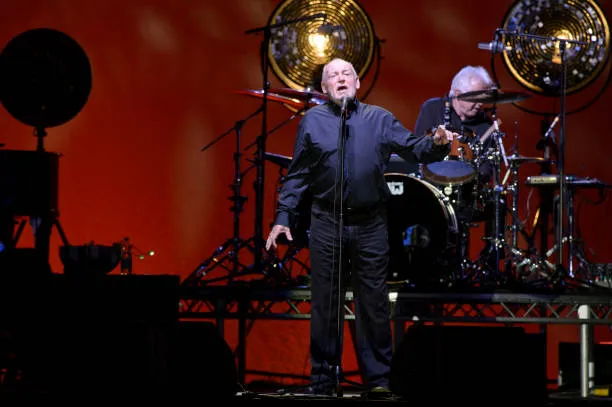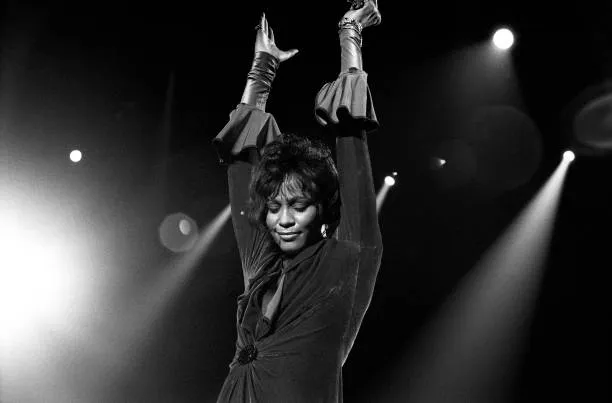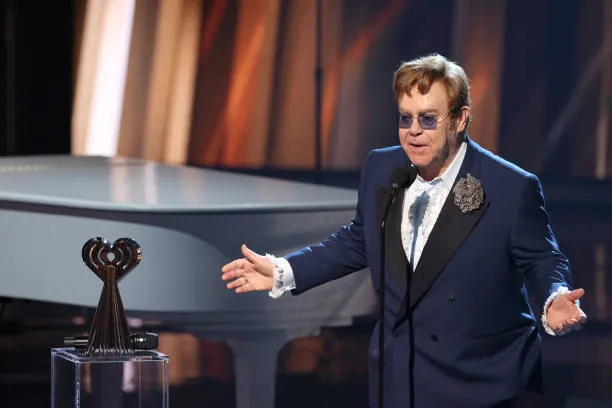John Lennon’s influence on fashion and iconography in pop culture is as profound as his contributions to music. A founding member of The Beatles and a cultural revolutionary, Lennon’s fashion choices, personal style, and iconic imagery have transcended decades, shaping not only the fashion trends of the 1960s and 1970s but also the very concept of the modern rock star as a style icon. His unique blend of rebellion, political activism, and personal expression made him a symbol of a generation, and his influence continues to be felt in both the fashion industry and pop culture at large.
Early Beatles Style: The "Mop-Top" Revolution

In the early 1960s, The Beatles, with Lennon at the forefront, revolutionized men's fashion by popularizing a more casual and modern style. Their “mop-top” haircuts, tailored suits, and slim ties were in stark contrast to the more conservative and rigid styles of the 1950s. Lennon’s look, along with that of his bandmates, became a global phenomenon, and young men across the world began adopting The Beatles' style as a way of aligning themselves with the band’s image of youthful rebellion and innovation.
The clean-cut yet forward-thinking look of The Beatles during their early years in the public eye set new fashion trends and broke away from the dominant, more conservative men's fashion of the time. The fitted suits with collarless jackets became an iconic element of their image, and Lennon's ability to blend playful irreverence with style made him a cultural touchstone.
The Shift to Individualism and Countercultural Style

As the 1960s progressed, The Beatles evolved both musically and stylistically. By the time of the Sgt. Pepper’s Lonely Hearts Club Band era, Lennon had fully embraced the countercultural ethos, which was reflected in his clothing choices. His move away from tailored suits toward more eclectic and bohemian looks mirrored the broader societal shift happening in the late 1960s, as young people rejected mainstream fashion and began embracing more free-spirited, experimental styles.
Lennon, along with his bandmates, began wearing brightly colored, psychedelic clothing, including military-style jackets, floral patterns, and flowing fabrics, all of which embodied the spirit of the counterculture. His round "granny glasses" became an iconic part of his look during this period, and these glasses remain a symbol of Lennon to this day. The glasses represented not only a visual trademark but also a deeper association with intellectualism, pacifism, and a rejection of societal norms.
Political Statements through Fashion

Lennon’s fashion was not just about aesthetics—it often carried political and social messages. In the late 1960s and early 1970s, his style became synonymous with his activism and outspoken views. During the "Bed-In for Peace" protests with Yoko Ono in 1969, Lennon wore simple, white clothing, a visual representation of peace and purity that contrasted with the chaotic political environment of the time. This minimalist look became iconic, symbolizing his commitment to non-violence and his stand against the Vietnam War.
Lennon’s later embrace of casual, everyday clothing—such as his signature denim, military jackets, and T-shirts with slogans—reflected his growing desire to connect with ordinary people and his growing disillusionment with celebrity culture. His New York City T-shirt, famously worn during a photoshoot on a rooftop in 1974, became one of the most iconic images in rock history. It symbolized Lennon’s identification with the common person and his affinity for the rebellious energy of 1970s New York, further establishing his legacy as a cultural icon.
Yoko Ono’s Influence on Lennon’s Style

Yoko Ono played a significant role in shaping Lennon’s later fashion and image. As a conceptual artist, Ono encouraged Lennon to explore more avant-garde and minimalist aesthetics. This influence was particularly evident in his embrace of monochromatic outfits and stark, minimalist clothing choices, which often paralleled the simplicity and directness of his political statements.
Ono and Lennon were often seen wearing coordinated, all-white ensembles, particularly during their peace campaigns. This visual unity became a hallmark of their relationship and their public personas. Their matching outfits signaled their deep personal and creative connection and represented their shared vision of peace and unity. Lennon’s partnership with Ono thus extended beyond their artistic collaborations and into the realm of fashion, where their mutual influence created a lasting visual legacy.
Iconography and Legacy

Lennon’s influence on fashion goes beyond clothing—his entire image became an enduring symbol in pop culture. His round glasses, long hair, and peace signs are synonymous with not just his personal style but also the ideals he stood for, including peace, love, and social justice. Lennon’s image, particularly from the late 1960s and early 1970s, is continually referenced in modern fashion, art, and music.
T-shirts featuring Lennon’s face, often paired with the words "Imagine" or "Give Peace a Chance," continue to be sold worldwide, cementing his status as both a rock star and a cultural figurehead. His look, particularly from his post-Beatles years, has been immortalized in photographs, posters, and films, keeping his legacy alive long after his death.
In fashion, many designers have drawn inspiration from Lennon’s eclectic style, incorporating military jackets, round glasses, and bohemian elements into their collections. Brands continue to pay homage to his unique blend of casual and rebellious looks, and the "John Lennon" aesthetic has become a staple in vintage and retro fashion.
Conclusion

John Lennon’s influence on fashion and iconography is as timeless as his music. From his early days as a Beatle to his later years as a peace activist, Lennon used fashion as a means of personal expression, political messaging, and connection with the broader cultural zeitgeist. His bold choices, from mop-tops to military jackets, not only defined an era but also set new standards for how rock stars could influence broader societal trends. Even decades after his death, Lennon remains a powerful style icon whose image continues to inspire generations of musicians, fashion designers, and fans.



